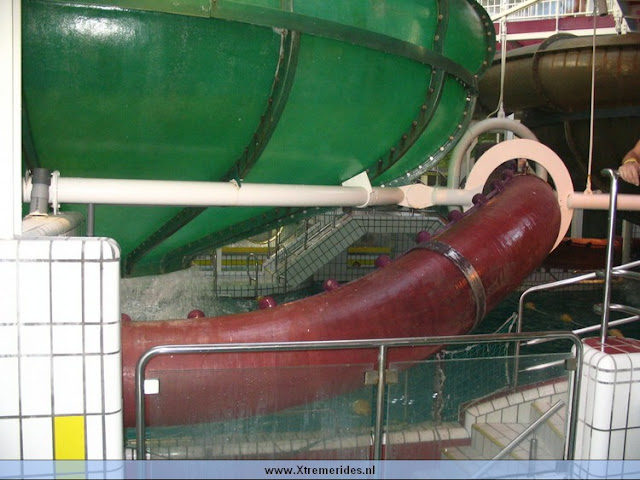Abandoned Airports Map
A working map of Abandoned Airports, Landing Strips and Aircraft Boneyards
Abandoned airports are a fascinating glimpse into the past. They are a reminder of a time when long-distance air travel was not as common as it is today, and smaller airports were necessary to support agricultural interests and those wishing to visit small and remote areas.
In addition to abandoned airports, this map also includes locations of air museums and locations of abandoned aircraft.
There are many reasons why airports are abandoned. Some airports are closed due to financial problems, while others are closed due to environmental concerns. Some airports are even closed due to war.
No matter why an airport is abandoned, it is always a fascinating place to visit. Abandoned airports can be a great place to learn about the history of aviation, at least the ones that aren't on private property or that have been redeveloped.
As a crowdsourced endeavor, this map is incomplete, and will almost certainly remain incomplete. Please provide your knowledge! Know of some lines we don't have? Help us out and submit a location to the map!
If you find this resource valuable, consider leaving a one-time, monthly or yearly donation to support this website. Nothing is expected, all is appreciated!
© Forgotten Lands, Places and Transit, 2025



Great maps. How do you create a map with Google maps. I have not yet discovered how to draw on google maps, add a comment to the drawing (generally an abandoned rail segment, an unpublished spur, or an unpublished siding), add text to the statement, and then publish it so all can see.
ReplyDeleteYou apparently have solved that problem. Can you give me some insight as to how to do that?
Ed Bradford
Pflugerville,TX
egbegb2@gmail.com
Ed, thanks for the question, and perhaps I’ll add a FAQ area to this site at some point.
DeleteTo create a google map, you need to use Google My Maps https://www.google.com/maps/d/. From there you’ll be able to create different maps using different base maps as backdrops. I prefer the satellite backdrop since it allows me to seamlessly look for abandoned rail lines.
You can also change the privacy settings of the map to allow it to be viewed by the public, which allows them to be embedded as well. I maybdo a more robust tutorial at some point, but Google My Maps is user friendly enough that many of its features can be learned simply by playing around with it.
If you have any other questions please let me know!
Andrew
I have abandoned air fields for you. Where should I send them? (.kmz)
DeleteEric, Please use the same submitter as for the abandoned railroads map! - https://forms.gle/qt6daZ1ADkYXdusv6
Delete